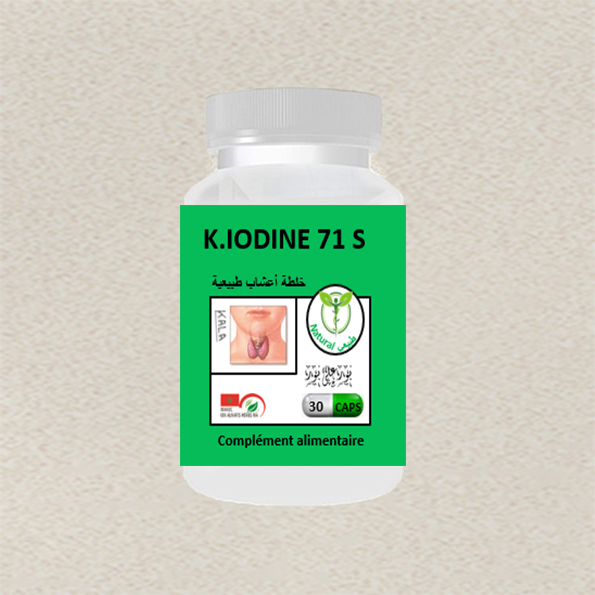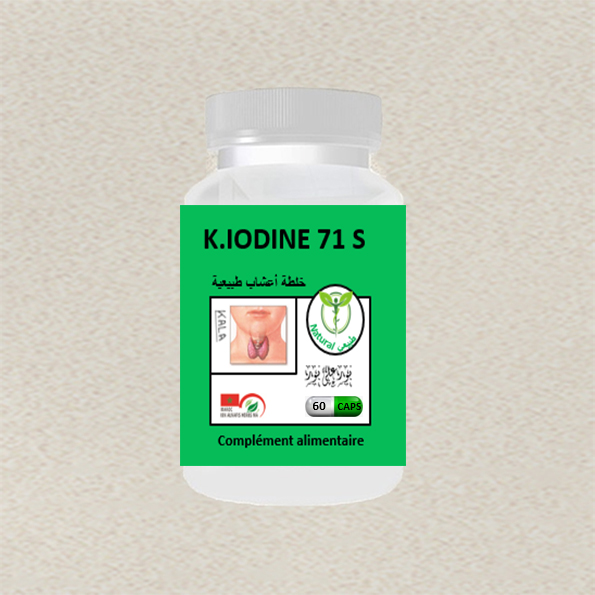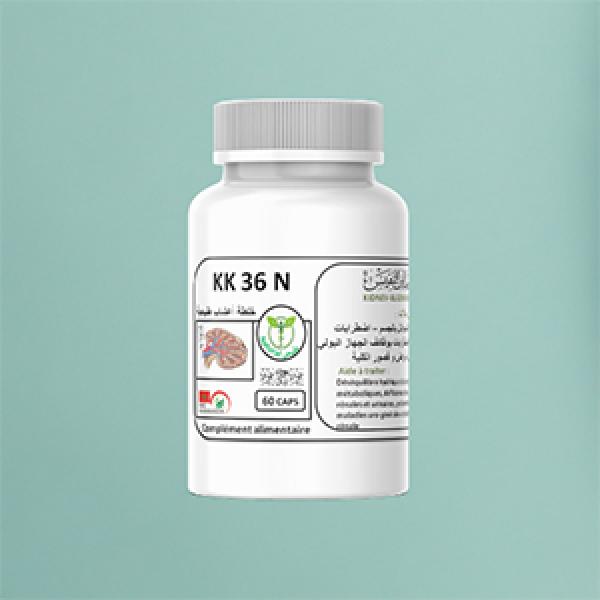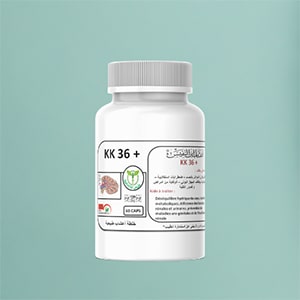Type I – Type II Diabetes
The endocrine system includes organs that secrete biologically active chemicals, hormones, capable of acting remotely through the bloodstream on specific receptors of a target cell in order to control several functions of the body.
These glands include: Pineal gland, hypothalamic-pituitary complex, thyroid, parathyroid, adrenal glands, endocrine pancreas, ovaries and testes.
The pituitary gland or pituitary gland at the base of the brain, produces and stores many hormones that control growth, metabolism, sexual functions, oogenesis, spermatogenesis, steroid levels
– the hypothalamus controls the pituitary gland and blood pressure
– The pineal body responsible for controlling sleep by producing melatonin
– The thyroid and parathyroids allow the control of metabolism, growth, the amount of calcium in the body and the maintenance of homeostasis.
– The thymus, a lymphoid organ, production center for T lymphocytes that play a vital role in the body’s defense.
– The adrenal glands divided into:
Adrenal medulla sources of catecholamines (90% adrenaline and 10% noradrenaline)
Adrenal cortex sources of steroids (glucocorticoids, mineralocorticoids and androgens)
– The endocrine pancreas secretes insulin (hypoglycemic) and glucagon (hyperglycemic), somatostatin (inhibitor of the digestive mechanisms of insulin and glucagon), pancreatic polypeptides (reduce the contraction of the gallbladder and the exocrine secretion of the pancreas).
-Ovaries with cyclic function, secrete hormones according to a rhythm that overlaps the uterine cycle, estrogens, progesterone, few androgens, inhibins and cybernins
– Testes (endocrine function) produce the male hormone, testosterone, essential for the course of spermatogenesis.
Metabolic endocrine diseases are caused by a dysfunction of the glands secreting hormones, namely thyroid disorders, metabolic syndrome or diabetes (insulin-dependent or non-insulin-dependent), thyroiditis, goiter, hyperprolactinuria, obesity, orthorexia, female and male sexual dysfunction.
Diabetes is a metabolic disease that results in an increase in glucose in the blood. It is a disorder of the assimilation, use and storage of sugars provided by food and an anomaly due to an insufficiency or misuse of insulin. Diabetes is defined by a fasting blood sugar level greater than 1.26 g/l on 2 occasions. In diabetics, the insulin released by the pancreas into the blood binds to a specific receptor on the cell that activates a surface protein whose role is to transport glucose into the cell where it is converted into energy. The blood sugar level remains stable.
In diabetics, we distinguish:
-Type I diabetes, lean, juvenile, insulin-dependent represents 10% of cases, insulin is produced in insufficient quantity, treatment consists of insulin injection or pump,
-Type II diabetes, fatty, mature, non-insulin-dependent accounts for 90% of cases. the pancreas either produces insulin but not enough in relation to blood sugar: insulinoperia, or insulin cannot bind to its receptor: insulin resistance.
Treatment consists of diet and oral medications, but after years of development insulin may be prescribed.
The forecast is for 300 million diabetics by 2025, a disease that without proper treatment can cause serious complications.
Please contact us for any information, explanation or advice about our products.
Get information and consultationgg
GG

































